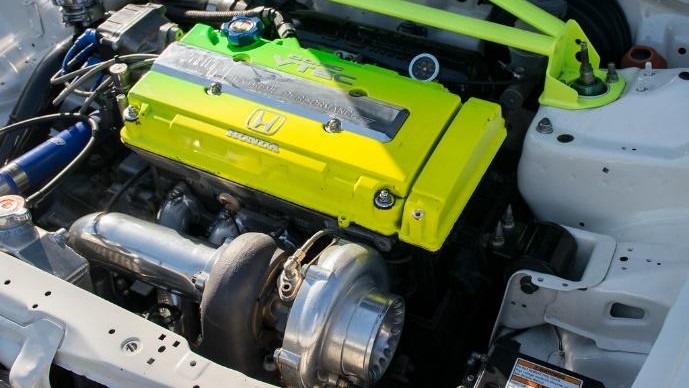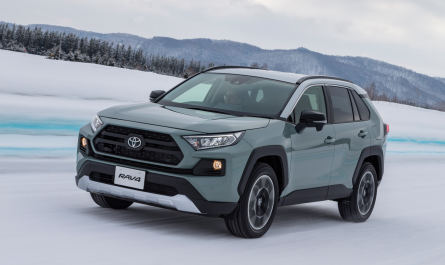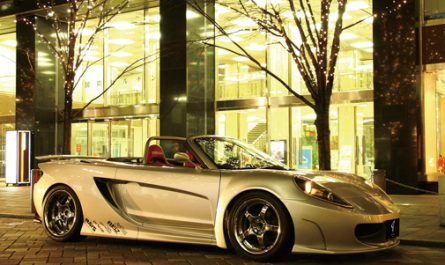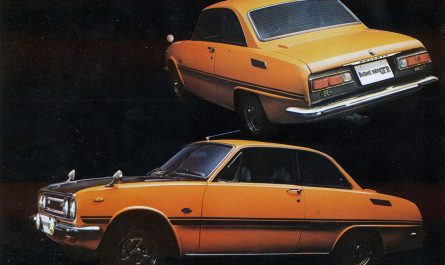Lately, it seems that turbocharged engines have become all the rage as automakers chase increasingly stringent fuel economy standards. Turbochargers are known for boosting horsepower, so how do they improve fuel economy? They allow automakers to put smaller engines in cars without giving up the power that consumers have come to crave and to expect.
Car engines make power by burning fuel in sturdy metal cans called cylinders. Air enters each cylinder, mixes with fuel, and burns to make a small explosion that drives a piston out, turning the shafts and gears that spin the car’s wheels. When the piston pushes back in, it pumps the waste air and fuel mixture out of the cylinder as exhaust. The amount of power a car can produce is directly related to how fast it burns fuel. The more cylinders you have and the bigger they are, the more fuel the car can burn each second and (theoretically at least) the faster it can go.
One way to make a car go faster is to add more cylinders. That’s why super-fast sports cars typically have eight and twelve cylinders instead of the four or six cylinders in a conventional family car. Another option is to use a turbocharger, which forces more air into the cylinders each second so they can burn fuel at a faster rate. A turbocharger is a simple, relatively cheap, extra bit of kit that can get more power from the same engine!
Turbocharging, Supercharging! How Do they Work?
A turbocharger is basically an air pump, pushing extra oxygen into the engine as needed so it can burn more fuel to make more power.
It used to be that Turbochargers were mostly used on high-performance sports cars. They still give go-fast cars an extra boost of power, but increasingly, automakers use them on smaller engines to boost power when needed but with better overall fuel economy. They’re also used on virtually all diesel engines to produce more power.
Engines contain pistons, which move up and down in cylinders. These turn a heavy central crankshaft, the same way your legs move up and down to power a bicycle. The crankshaft’s spinning motion is used to turn the vehicle’s wheels.
In a turbocharged engine, the turbo pumps in a higher volume of air under pressure, and the vehicle’s computer responds by adding the correct amount of additional fuel.
Instead of a turbo, some vehicles use a supercharger, which also forces in air but runs mechanically off the engine’s crankshaft, instead of the exhaust stream.
The turbocharger doesn’t boost the engine all the time. If you’re driving moderately, the air drawn in at atmospheric pressure is enough, and the engine operates like it’s naturally-aspirated. When you hit the throttle, the engine works harder and creates more exhaust pressure. This spins the turbocharger, which in turn boosts the engine, which in turn receives more fuel – which is why these small-displacement engines can suddenly become a lot thirstier than expected when you drive them hard. (On the plus side, that extra oxygen tends to burn the fuel in the cylinder more completely, increasing the engine’s efficiency and reducing harmful emissions.)
Turbocharged engines generally don’t require any additional maintenance, other than following the vehicle’s recommended oil changes and spark plug replacement. Some newer turbo engines run fine on regular-grade gasoline, but check your owner’s manual for any premium-grade requirement.
The turbocharger also creates a headache for engineers because it doesn’t immediately work at full capacity. There’s a short delay between the time you put your foot down and when the turbocharger spins to sufficient speed to provide boost and give you the desired burst of acceleration. This is known as turbo lag. It used to be far more noticeable in older cars, but today, automakers use different methods to help reduce it. Lightweight turbine vanes are used, so it takes less pressure to spin them. Smaller turbochargers spool up faster and some automakers put two of them on an engine, combining a small one for quick initial boost with a larger one that can provide more power at higher engine speeds. A small number of automakers use both a mechanically-driven supercharger and exhaust-driven turbocharger together on the engine to achieve this.
Another technology is variable geometry, which automatically adjusts the way the exhaust gas flows into the turbine wheel depending on engine speed and power requirements.
TSI and GTI
With so many different vehicles available these days, one of the most popular vehicles with Supercharged engines are the VOLKSWAGEN cars. It can be tough to decide which one is the right fit for you. The trim levels and options can make your shopping confusing. So, we at Nikkyo Cars are here to help. This is an abstract idea, of what is TSI and GTI. Read on to see which one is the right fit for you and your lifestyle.
TSI (Turbocharged Stratified Injection)
It is a range of small engines for cars offered by Volkswagen group (Volkswagen, Audi, Porsche, Skoda, etc.). These engines are mainly developed to deliver more horsepower and torque than even larger engines. They are turbocharged and thus offer such great performance.
GTI (Grand Tourer Injection)
It originates from the Italian (Gran Turismo Iniezione). Generally speaking, the GTI acronym indicates that a car has a direct fuel-injection system. While most cars today have a fuel-injection system, when the Golf GTI debuted over 40 years ago, it was a rarity. The name has stuck and now it is associated with a higher level of performance for a car.
It is the high-performance version of regular range of Volkswagen cars. The GTI cars from Volkswagen are made to look, feel and drive like a sportscar. They come with the powerful GTI engine, racing body kits, stiff suspension, loud exhausts etc. Volkswagen Golf GTI and Polo GTI are the best examples of GTIs.
If you are interested in purchasing a Volkswagen or any other vehicle from Japan, we, at Nikkyo are here to help! Be sure to view our stock list:
Article Written By Jaden El Kadiri © 2019-12-03























